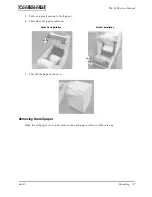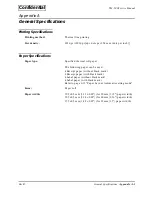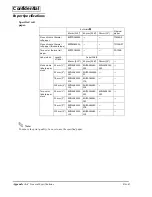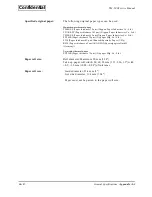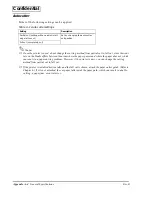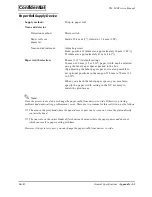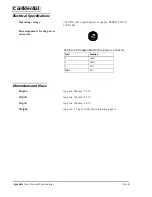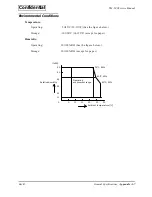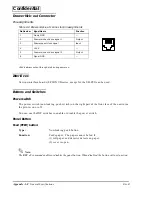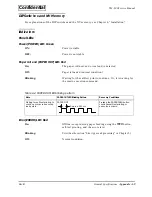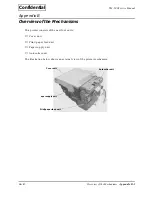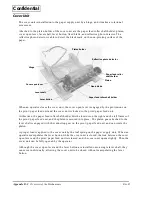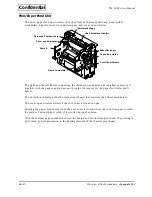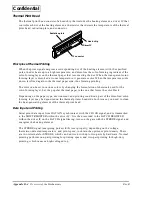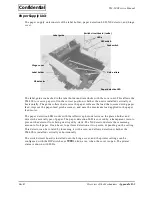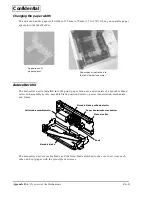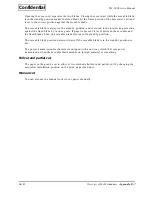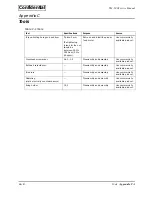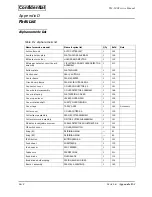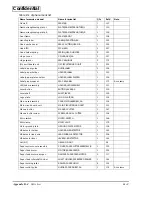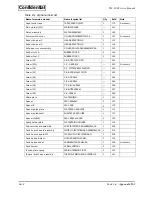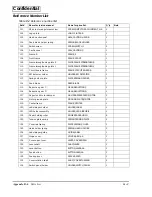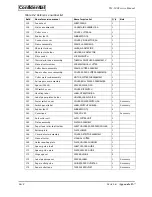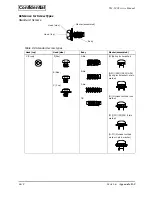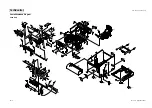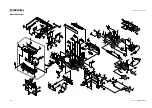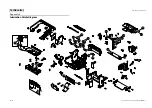
Appendix B-4
Overview of the Mechanisms
Rev.B
Confidential
Thermal Print Head
The thermal print head consists of a head chip that includes the heating element, a driver IC that
controls each dot of the heating element, a thermistor that detects the temperature of the thermal
print head, radiation plate, and connector.
Principles of Thermal Printing
When the print signal energizes a corresponding dot of the heating element with the specified
pulse, the dot heats up to a high temperature, and dissolves the color-forming ingredient of the
color-forming layer on the thermal paper that is contacting the dot. When the transparent color-
forming layer is dissolved at room temperature, it generates color. When the temperature cools
down, it is fixed again to the thermal paper side, thus forming printing.
The color can be set to various colors by changing the formulation of chemicals used for the
color-forming layer, but the popular thermal paper is the one that forms the color black.
Depending on the paper type, environment, and printing conditions, part of the dissolved color-
forming layer may be deposited on the thermal printer head side. In this case, you need to clean
the heat-generating element of the thermal print head.
Data Input and Printing
Serial print data input from DATA IN synchronizes with the CLOCK signal, and is transmitted
to the SHIFT REGISTER within the driver IC. It is then recorded to the LATCH REGISTER
within the driver IC on the LATCH signal timing, turns on the gate with the STROBE signal, and
energizes the heating element.
The STROBE signal (energizing pulse width) is set properly, depending on the voltage,
thermistor-detected temperature, and print speed, to obtain the optimum print density. There
are two terminals for STROBE, which can be driven with up to two parts by hardware. Normal
printing performs one-part printing for printing speed, and two-part printing for high-duty
printing, which causes a high-voltage drop.
Radiation plate
Head chip
Driver IC
Connector

